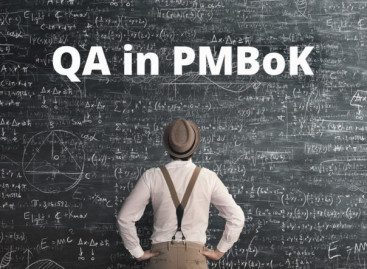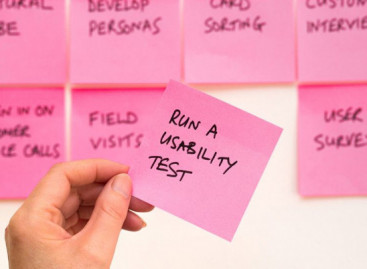- QATestLab Blog >
- QA Management >
- Project Management Methodologies >
- Guide to Choose Correct Project Methodology
Guide to Choose Correct Project Methodology
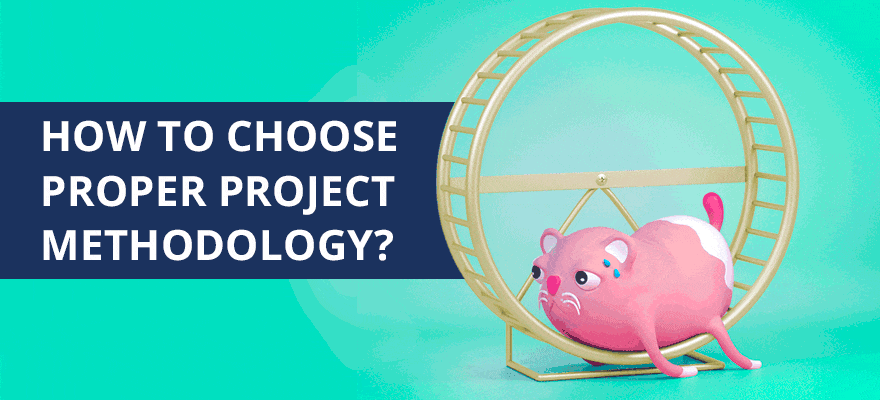
Agile, Waterfall, XP, Kanban, PMBOK are considered to be project management methodologies. But actually, it is not true. And now you will know why.
Project management methodology is a set of techniques, principles, rules, and standards tailored to deliver projects. But full-stack methodologies, i.e., those that include own principles, processes, and themes, are rare. In the majority of cases, a certain methodology defines specific standards, for example, XP (Extreme Programming), or principles – Agile.
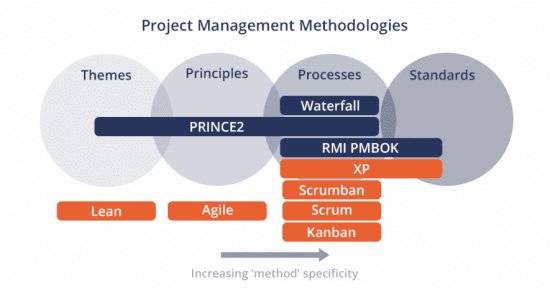
Selecting the proper methodology is a time-consuming process. But in case you choose the one appropriate for the project, significant outcomings are not long in coming. So, what aspects to consider while selecting a methodology for project delivery?
Key considerations in selecting project management methodology
When evaluating a methodology for project delivery, various factors should be considered. But the core ones are:
- сlient’s strategic goals;
- business values and drivers;
- stakeholders;
- project scope and complexity;
- business risks.
The evaluation of project methodology should obligatory include organizational capabilities and its readiness for implementation of a certain delivery model.
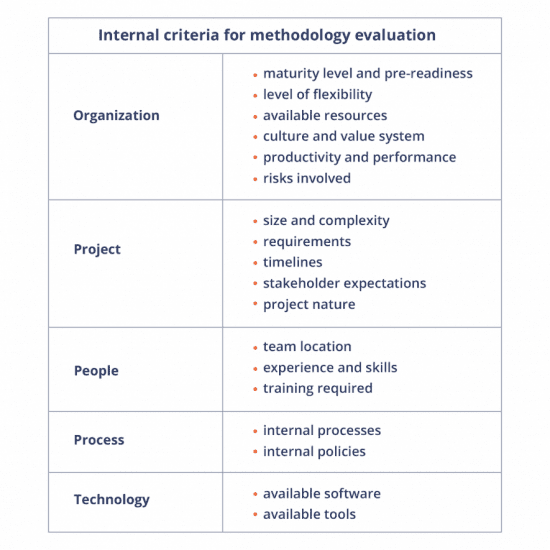
Besides, you should take into account the nature of a methodology. Some of them are designed for dynamic and fast delivery, while others require more stability and strict structure. The distribution is the following:
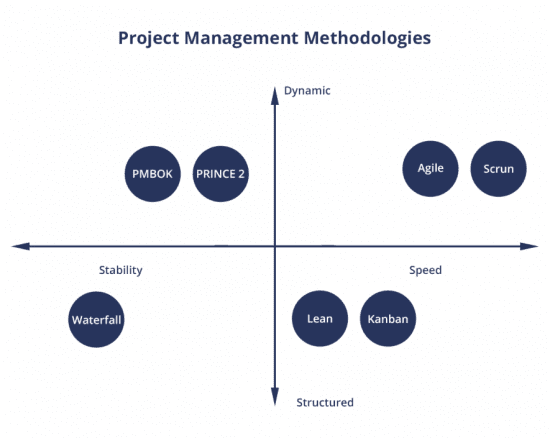
Now let’s in brief review each of the mentioned methodologies. PMBOK (Project Management Body of Knowledge) is rather a guide for large-scale projects than methodology. It is closely connected with Waterfall project management. According to PMBOK, five groups of processes are common for every project. They are:
- Initiating
- Planning
- Executing
- Monitoring
- Closing
We have already talked about PMBOK in our blog in one of our previous articles. For more information about this methodology, read the article “Quality Assurance according to PMBOK”.
PRINCE2 (PRojects in Controlled Environments) is a bright example of a full-stack methodology for waterfall project delivery which is focused on the process. The project is divided into different stages that have own specific processes and plans. Inputs and outputs for every project stage are strictly defined.
Following the methodology, you get full control over resources, thus, you are able to mitigate business risks. Deliverability, project viability, roles, and responsibility are clearly defined. PRINCE2 is suitable for large scale and predictable projects.
Lean is a theme of principles according to which you get more by optimizing the flow and removing wastes. There are 3 Ms that create wastes:
- Muda is activities that bring no value and just waste time and resources, i.e., overproduction, over-processing, and waiting.
- Mura is variations that slow down the whole flow and cause deviation from a standard process and schedule.
- Muri is overloads caused by incorrect tools, poor arrangement of process, or unclear principles of work. The optimal working capacity is considered to be 60 – 70%.
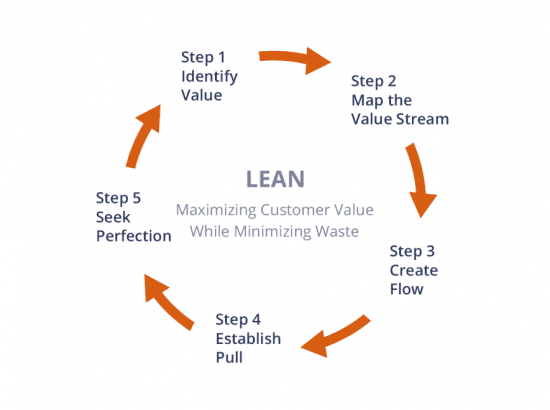
Scrum is one of the Agile project management methodologies. But its distinctive feature is pre-defined roles, events, and artifacts. Scrum team includes the Product Owner, Development Team, and Scrum Master. The workflow is divided into sprints in general 2 weeks long. The whole team takes part in a daily meeting where each team member shares his/her achievements of the previous day and plans for the following day. After each sprint, a retrospective meeting is held. During the meeting, Scrum team reviews and analyses outcomings of the previous sprint and plan the work for the next one.
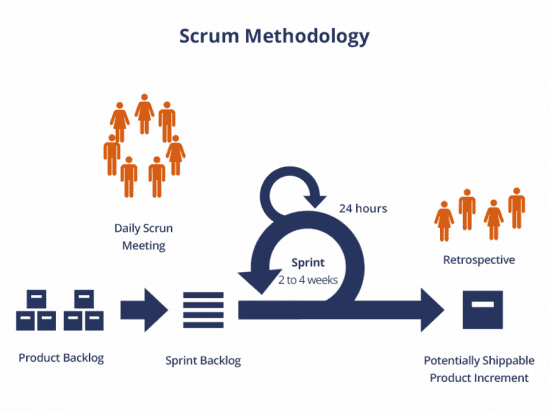
Kanban is a methodology with lean principles and a strictly defined process. It has much in common with Scrum, but it doesn’t have prescribed roles. Its core principle is the visualization of the workflow. So the team always has a visual display of what has been done and what is coming next. Processes and tasks are prioritized, which helps to arrange processes effectively. The usage of a Kanban board with predefined categories is typical for this methodology.
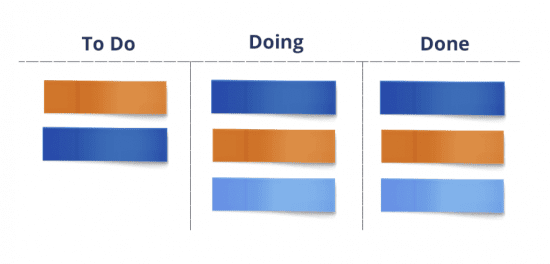
Waterfall is a traditional methodology for project management. It is linear and includes a sequence of stages with pre-defined order. It presupposes solid planning based on detailed project documentation and software requirements.
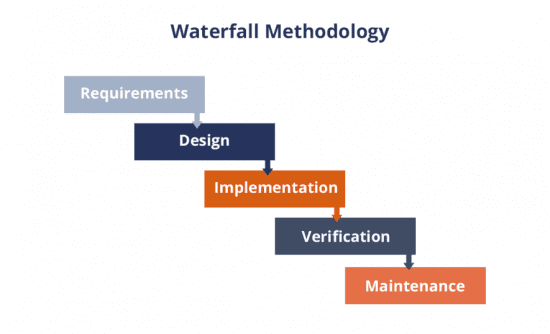
Of course, there is a number of other widespread project management methodologies that ensure efficient project delivery. And, unfortunately, a universal one that suits to every project does not exist. So you have to tailor principles, processes, and standards that will help to ensure smooth project delivery.
The choice of appropriate methodology should be based on your team, software specifics, and organizational capacities. After pre-selection several ones, your next step is to conduct further analysis to find the best match.
Share your own experience of project delivery according to management methodologies in comments. What are your principles of selecting project methodology? What methodology do you prefer?
Learn more from QATestLab
Related Posts:
- Scrum, Kanban and XP: Similarities and Differences
- Initiating Automation Testing in the Digital Era: Decoding Its Significance and the Wisdom of Vendor Collaboration
- Extreme testing: why your team constantly misses the project deadline
About Article Author
view more articles
has 3-year experince in content managing, skills of copyediting and proofreading of web content and documentation
View More Articles


